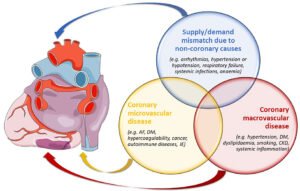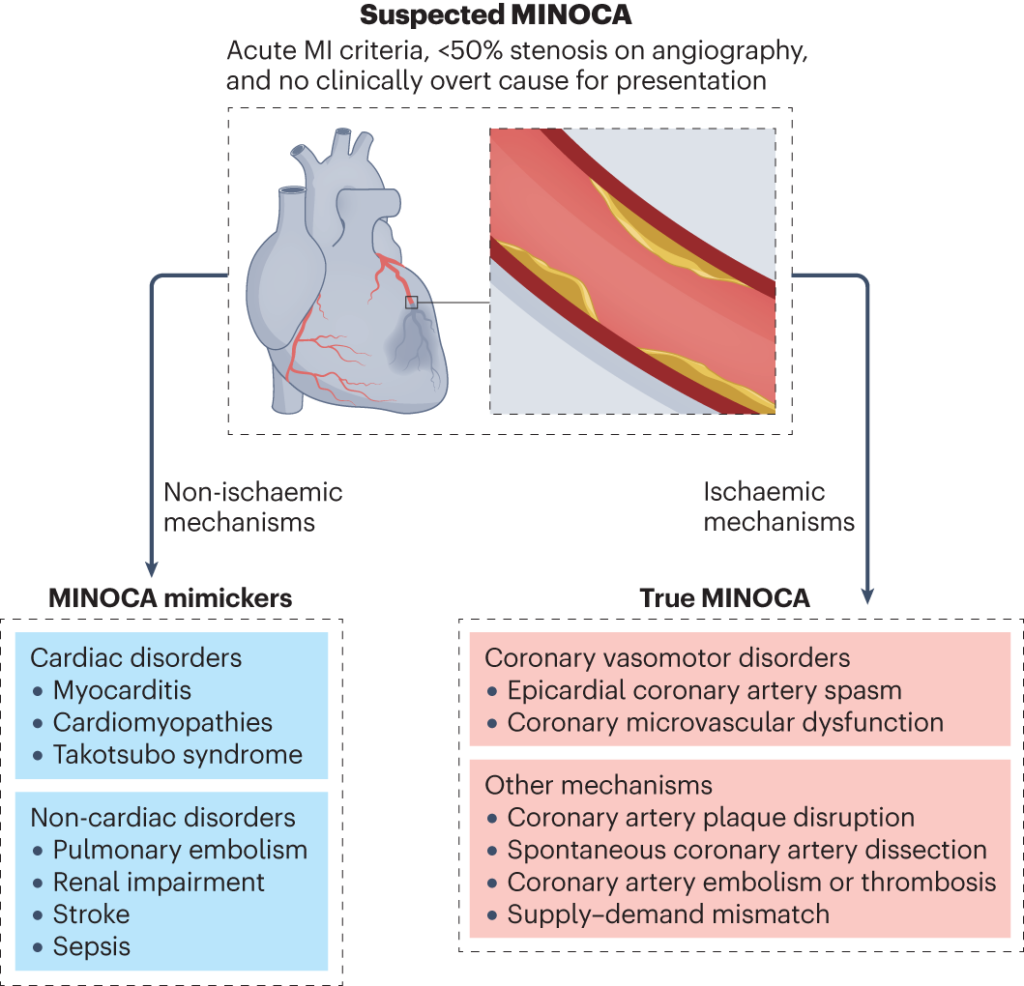A growing body of research has revealed a startling truth: heart attacks without blockages, known as MINOCA (Myocardial Infarction with Non-Obstructive Coronary Arteries), are more common in women than previously thought.
According to a recent study, up to 10% of heart attacks occur without any significant blockages in the coronary arteries, with women being disproportionately affected. This phenomenon has sparked concerns among medical professionals, who are working to raise awareness about MINOCA and its unique characteristics.
WHAT IS MONNACA
MINOCA is a type of heart attack where the coronary arteries are not significantly blocked, yet the heart muscle still suffers damage. This can be due to various factors, including spasms in the coronary arteries, tears in the artery walls, blood clots that dissolve quickly, and other underlying conditions.
WHY IS MINOCA MORE COMMON IN WOMEN?
Researchers are still working to understand why MINOCA is more prevalent in women, particularly those under the age of 50. Possible explanations include hormonal differences, smaller artery size, increased sensitivity to stress, and different symptoms and presentation.

DIAGNOSIS AND TREATMENT
Diagnosing MINOCA can be challenging, as the symptoms may be similar to those of a traditional heart attack. However, treatment options are available, including medications to manage symptoms and prevent further damage, lifestyle changes, and stress management techniques.
RAISING AWARENESS
Medical professionals are urging women to be aware of the risks and symptoms of MINOCA, which can include chest pain or discomfort, shortness of breath, fatigue, dizziness or lightheadedness, and pain in the arms, back, neck, jaw, or stomach.
TAKE ACTION
If you or someone you know is experiencing symptoms, don’t hesitate to seek medical attention. Remember, a heart attack without blockages is still a heart attack, and prompt medical attention is crucial.
By raising awareness about MINOCA, we can work towards better diagnosis, treatment, and prevention of this hidden heart attack risk for women.





